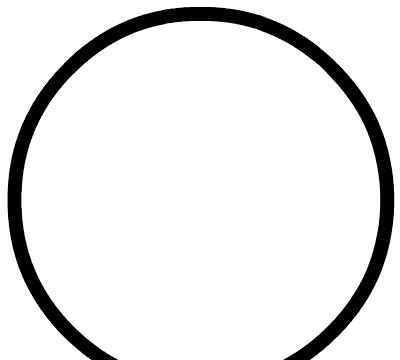
在项目开发中需要js实现千位分隔符来分割一个整数,比如我想将数字 1234567 显示为“1,234,567”。我该怎么实现呢?方法一、利用循环实现思路是将数字转换为字符数组,再循环整个数组, 每三位添加一个分隔逗号,最后再合并成字符串。function numberWithCommas(x) { x = x.toString(); var pattern = /(-?\d )(\d{3})/; while (pattern.test(x)) x = x.replace(pattern, “$1,$2”); return x;}numberWithCommas(12312124545);//’12,312,124,545’numberWithCommas(123121245.45);//’123,121,245.45’方法二、toLocaleString
Number.prototype.toLocaleString。它是在JavaScript1.5(于 1999 年推出)中实现的,因此基本上所有主要浏览器都支持它。
var num = 12345.1234num.toLocaleString();//’12,345.123′
注意的是这个函数在没有指定区域的基本使用时,返回使用默认的语言环境和默认选项格式化的字符串,所以不同地区数字格式可能会有一定的差异。最好确保使用 locales 参数指定了使用的语言。
注:我测试的环境下小数部分会根据四舍五入只留下三位。比如:
var b=1234.4542;b.toLocaleString();//’1,234.454’方法三、正则表达式和replace函数
使用正则表达式和replace函数,相对前两种我更喜欢这种方法,虽然正则有点难以理解。
function numberWithCommas(x) { return x.toString().replace(/\B(?=(\d{3}) (?!\d))/g, “,”);}
正则表达式使用 2 个前瞻断言:
一个正数,用于在字符串中查找其后连续 3 位数字的任何点,
一个否定断言,以确保该点只有 3 位数字的倍数。替换表达式在那里放置一个逗号。
注意:这个函数如果小数点后有超过3位数字的话,会在不需要的地方添加逗号。如果这是一个问题,您可以使用此功能。
function numberWithCommas(x) { var parts = x.toString().split(“.”); parts[0] = parts[0].replace(/\B(?=(\d{3}) (?!\d))/g, “,”); return parts.join(“.”);}
更简洁,最终代码:
function numberWithCommas(x) { return x.toString().replace(/\B(?<!\.\d*)(?=(\d{3}) (?!\d))/g, “,”);}方法四:Intl.NumberFormat
原生js功能。支持 IE11、Edge、最新的 Safari、Chrome、Firefox、Opera、iOS 上的 Safari 和 Android 上的 Chrome。
可以把普通的数字,转换成不同的货币和格式样式字符串。
let number = 1234567890;let nf = new Intl.NumberFormat(‘en-US’);nf.format(number); // “1,234,567,890”
更多实例:
var number = 123456.789;console.log(new Intl.NumberFormat(‘de-DE’, { style: ‘currency’, currency: ‘EUR’ }).format(number));// expected output: “123.456,79 ”// the Japanese yen doesn’t use a minor unitconsole.log(new Intl.NumberFormat(‘ja-JP’, { style: ‘currency’, currency: ‘JPY’ }).format(number));// expected output: “¥123,457″// limit to three significant digitsconsole.log(new Intl.NumberFormat(‘en-IN’, { maximumSignificantDigits: 3 }).format(number));// expected output: “1,23,000”
学习更多技能











